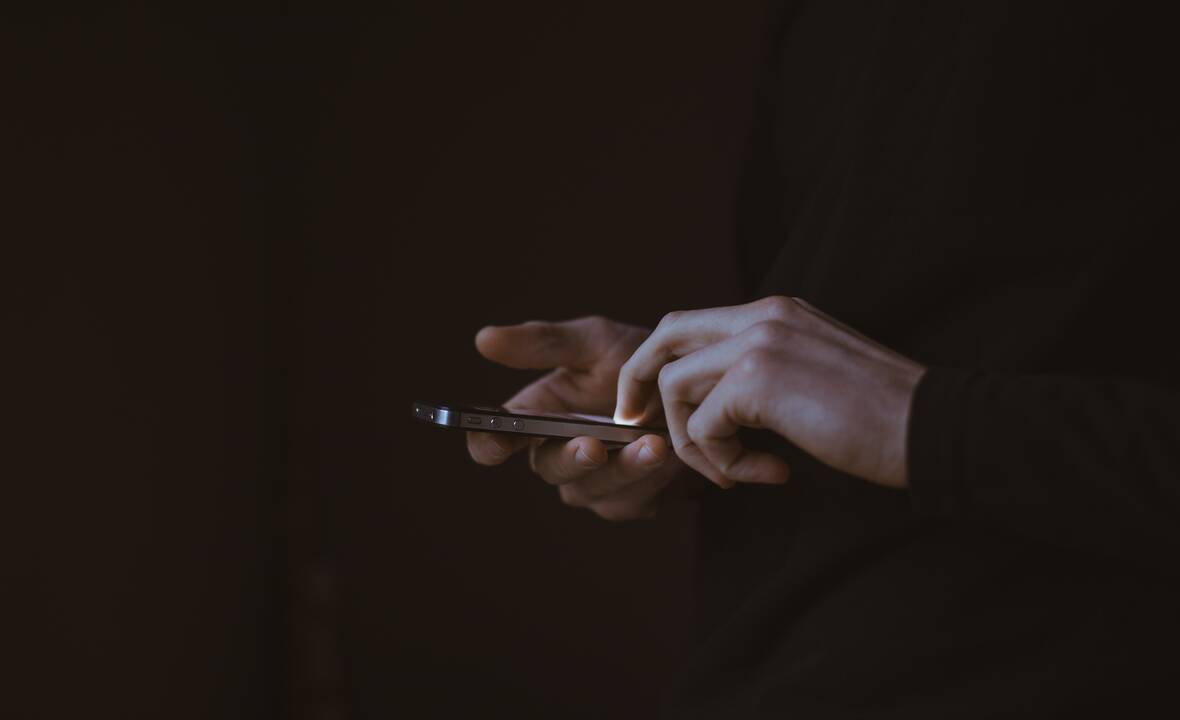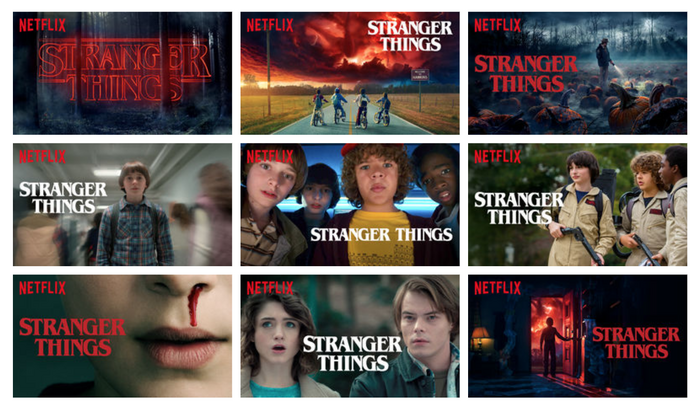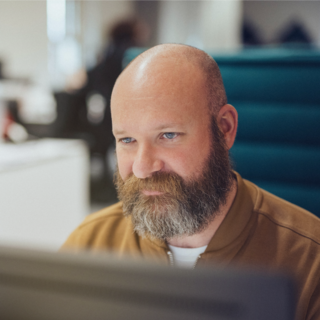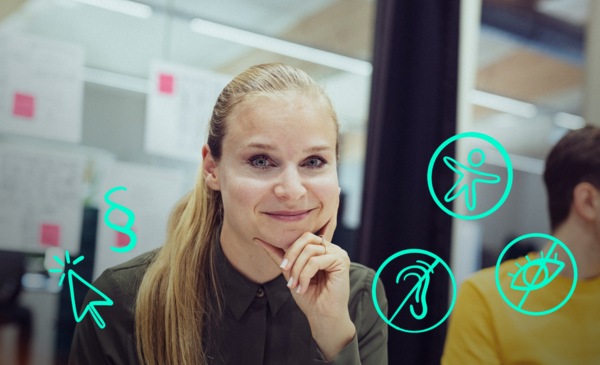Most Significant Web Design Trends for 2019

Speed matters more than ever
In studies done by Akamai and Gomez.com, 50% of users expect that when they land on a site, it should load in THREE or fewer seconds or they'll just abandon it. On top of that, in 2018, Google rolled out its Speed Update algorithm, and will now take into account the loading speed for mobile users in addition to the usual desktop speed. So you might wanna rethink all those big images, uncompressed videos, and bloated Javascript. It's not that all of these things are gone for good, but that they'll need to be carefully prepared and incorporated in a way that your site doesn't end up losing loads of revenue due to no one staying long enough on your page.
Mobile Friendly
In 2015, mobile searches overtook desktop searches overall, making mobile search the highest search form worldwide. We're now speaking of 50% of all web traffic. Because of this, Google has changed which sites they index first and now prioritizes mobile sites over sites that aren’t mobile friendly. And this has had a direct impact on the way websites are designed. Now more than ever, designers have to either make their projects mobile-first or come up with a mobile version that delivers an enhanced user experience with the website on the device that they will most likely be searching from.
Flat Design
Video Backgrounds
Contrary to the flat design and speed trends we've covered so far, video backgrounds are still incredibly popular. Make them short and light, but definitely use them. The simple fact is that, according to wyzowl's The State of Video Marketing 2019, videos have helped increase conversions for more than 72% of businesses. Moving objects are more attractive and therefore compelling. Videos are also a more convenient way to quickly provide more information, making users better understand what the website is all about. Thus, because users tend to stick around on a specific website to watch a video until its end, the sites' SEO ranking is also improved.
CSS3 and Micro Animations
The use of animation is one of the most powerful web trends of 2019 and will get extremely popular among designers and users from here on forth. Animation makes traditional web design more vivid and easy to use. It engages and guides the user, as it also provides validations of actions, for example when the user hovers or clicks on an element, and it changes its color, shape or position, indicating that something has been accomplished or even demanding further interaction. Swiping down, in an app, for example, creates a pulling motion to let you know you triggered the refresh action properly. The user is getting more and more accustomed to these intuitive visual cues and could already have problems when navigating on sites where they're not present. These interactions help create visual hierarchy on a webpage, driving the user toward the conversion points and then rewarding them for filling them out.
Chatbots and Machine Learning

Furthermore, intelligent and automated customer service will save companies vast amounts of money. IBM states that close to 80% of customer queries could be answered by a chatbot, and they can answer them fast, at any hour of any day. They need no day off, no sick leave, no Christmas holidays... It just makes sense!
Conclusion
On one side we have the broken grid layouts, video backgrounds, big types, bright colors, gradients, animations, etc. On the other, we have the simplicity and practicality of flat design. But, as design trends come and go, some staying around longer than others, the fact that users mostly benefit from simplicity and efficiency seems to be constant. So whatever the current trends are, this should always be the focus: make your website beautiful, fresh and conversion oriented.






